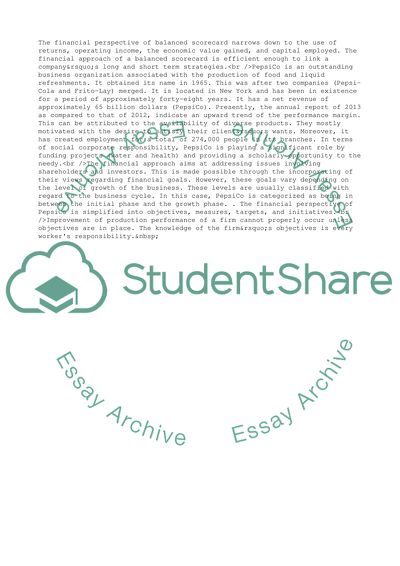Cite this document
(Balance Scorecard of a PepsiCo Organisation Case Study Example | Topics and Well Written Essays - 1500 words, n.d.)
Balance Scorecard of a PepsiCo Organisation Case Study Example | Topics and Well Written Essays - 1500 words. https://studentshare.org/business/1830818-balanced-score-card
Balance Scorecard of a PepsiCo Organisation Case Study Example | Topics and Well Written Essays - 1500 words. https://studentshare.org/business/1830818-balanced-score-card
(Balance Scorecard of a PepsiCo Organisation Case Study Example | Topics and Well Written Essays - 1500 Words)
Balance Scorecard of a PepsiCo Organisation Case Study Example | Topics and Well Written Essays - 1500 Words. https://studentshare.org/business/1830818-balanced-score-card.
Balance Scorecard of a PepsiCo Organisation Case Study Example | Topics and Well Written Essays - 1500 Words. https://studentshare.org/business/1830818-balanced-score-card.
“Balance Scorecard of a PepsiCo Organisation Case Study Example | Topics and Well Written Essays - 1500 Words”. https://studentshare.org/business/1830818-balanced-score-card.


